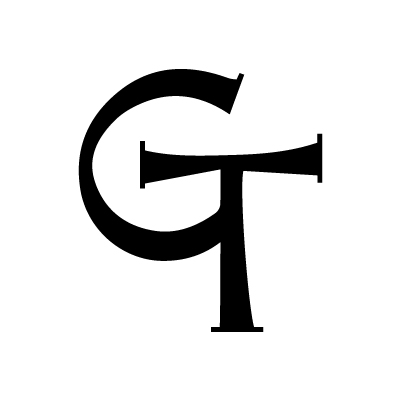Gerald has exhibited in five international exhibitions and competitions, in eighteen solo exhibitions and fifty-three group exhibitions. His work is in numerous public and private galleries including the National Gallery of Canada where he has eight works. His body of work includes a diverse range of media: watercolours, oil, acrylic, pen and ink, crayon, charcoal, pastel, linograph, lithograph, mosaic, stained glass, sculpture, and design of six Canadian postage stamps.
Born and raised in Ottawa, Trottier lived and worked there as well as on Grand Calumet Island, Quebec. He attended Ottawa Technical High School, and in 1943, he joined the Royal Canadian Navy. After the war he moved to New York to attend the Art Students League.
Trottier’s first solo exhibitions were held in 1950 and 1951 where the watercolour works depicted street life in Hull, Ottawa, and New York City, and the Ottawa valley countryside. Local critics remarked on the vigour and boldness of his urban scenes, and commended his avoidance of trite, ‘pretty-pretty’ landscapes. The works also included his charcoal and conté Arts Students League’s life figure drawings.
In the late 1950s and 1960s, Trottier collaborated with architect Tim Murray who had won numerous commissions to design new Catholic churches in Ottawa. Gerald Trottier created modern liturgical appointments for these commissions – including bronze crosses, altars and tabernacles, stained glass windows, candlesticks and vigil lights. Their projects include the Churches of St. Ignatius, St. Monica, St. Maurice, St. Elizabeth and St. Basil’s Church.
In 1963, Trottier was chosen with Roy Kiyooka, Jacques Hurtubise, and Claude Tousignant — to represent Canada in the 8th São Paulo Biennial. Gerald Trottier was awarded the position of resident artist at the University of Western Ontario in London, Ontario.
In 1967, the Royal Architectural Institute of Canada awarded Trottier the Allied Arts Medal for his collaborative work with architects on religious architecture as well as secular projects such as the Ottawa Mitel cafeteria mural (1984), mosaic murals at Carleton (1962) and the Ottawa Public Library in 1973, as well as a Queen’s Park mural in Toronto in 1968.
Trottier’s exhibitions in 1972 and 1975 indicate an interest in painting the landscape of Calumet Island, to which he had become profoundly attached. He returned to Calumet Island in 1980 until 2002 where he created two major bodies of work — the Easter Series, where he portrays the “carnival of life” and a number of imposing self-portraits.
Collections
National Gallery of Canada, Ottawa, Ontario
Art Gallery of Ontario, Toronto, Ontario
Art Gallery of Greater Victoria, Victoria, British Colombia
Hamilton Art Gallery, Hamilton, Ontario
Winnipeg Art Gallery, Winnipeg, Manitoba
University College, Toronto, Ontario
Art Gallery of Windsor, Windsor, Ontario
Ottawa Art Gallery, Ottawa, Ontario
Agnes Etherington Art Centre, Queen’s University, Kingston, Ontario
Department of Foreign Affairs, Ottawa, Ontario
Lethbridge College, Lethbridge, Alberta
City of Ottawa, Ottawa, Ontario
Confederation Centre Art Gallery, Charlottetown, Prince Edward Island
Museum London, London, Ontario
University of Western Ontario, London, Ontario
St. Paul University, Ottawa, Ontario
Mendel Art Gallery, Saskatoon, Saskatchewan
Royal Bank of Canada, Toronto, Ontario
Carleton University Art Gallery, Ottawa, Ontario
Sir Wilfred Grenfell College Art Gallery, Memorial University, St. John’s, Newfoundland
Mitel Corporation, Ottawa, Ontario
Metropolitan Life Insurance, Ottawa, Ontario
Concordia University, School of Canadian Irish Studies, Montreal, Quebec
Sakto Corporation, Ottawa, Ontario
Commissions
The Loyal Edmonton Regiment Military Museum (The Battle of Ortona)
Carleton University's Tory Building's Pilgrimage of Man
